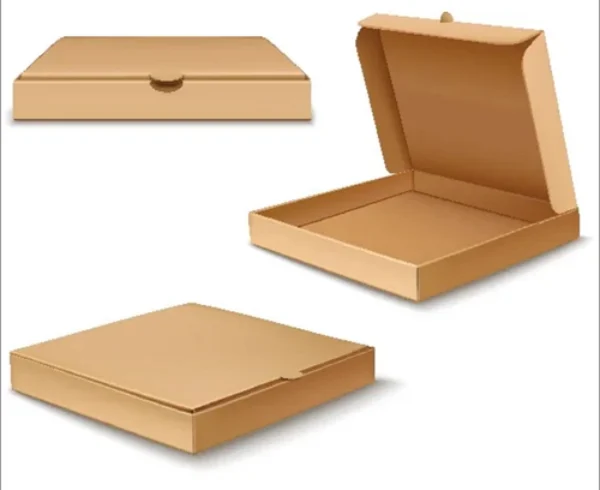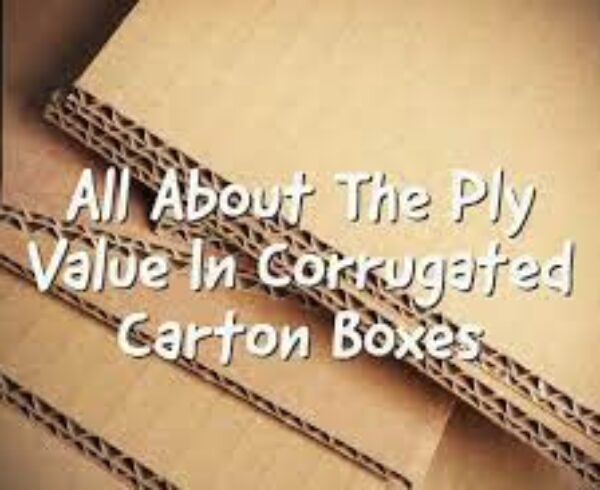Is an archival box suitable for long-term storage of valuable or delicate materials?

Archival boxes are specifically designed for the long-term storage and preservation of valuable or delicate materials. These boxes are constructed using materials and techniques that provide optimal protection against various factors that can potentially damage or degrade the stored items. When considering the suitability of archival boxes for long-term storage, several important factors come into play.
- Acid-Free and pH-Neutral Materials: Archival boxes are typically made from acid-free and pH-neutral materials, such as acid-free paperboard or buffered board. Acidic materials can accelerate the deterioration of paper-based or organic materials over time. By using acid-free and pH-neutral materials, archival boxes help minimize the risk of acid migration, which can cause discoloration, embrittlement, or other forms of degradation to stored items. These materials are designed to have a stable pH level and reduce the likelihood of chemical reactions that can harm delicate materials.
- Protection Against Light: Exposure to light, particularly ultraviolet (UV) light, can cause fading, discoloration, or deterioration of many materials, including paper, photographs, textiles, and artwork. Archival boxes often incorporate light-blocking properties, such as UV-resistant coatings or barriers, to shield the stored items from harmful light rays. This protection helps to extend the lifespan and preserve the original appearance of the materials, making archival boxes suitable for long-term storage.
- Physical Protection: Archival boxes are designed to provide physical protection against various hazards that can damage stored materials. They are typically constructed with sturdy and durable materials to withstand impacts, pressure, or bending that may occur during handling or storage. Reinforced corners and edges, as well as secure closures, are often incorporated to enhance the box’s structural integrity and prevent damage. Archival boxes may also include cushioning materials, such as acid-free tissue paper or foam inserts, to provide additional support and protection for delicate items.
- Moisture and Humidity Control: Excessive moisture and high humidity levels can lead to mold growth, warping, or deterioration of many materials. Archival boxes often incorporate moisture-resistant properties to protect against these risks. They may include moisture barriers or coatings that help prevent water or vapor penetration. Additionally, some archival boxes have built-in desiccants or humidity-control features to regulate and maintain optimal moisture levels within the box, mitigating the potential damage caused by moisture-related issues.
- Dust and Particle Protection: Dust, dirt, and airborne particles can accumulate on stored materials over time, causing surface soiling or even abrasion. Archival boxes are designed to minimize the ingress of such contaminants. They often feature secure closures, such as hinged lids or dust flaps, to prevent dust from entering the box. Furthermore, archival boxes can be constructed with tightly sealed joints and surfaces to reduce the likelihood of particle intrusion, ensuring a cleaner and safer storage environment for delicate or valuable materials.
- Size and Customization: Archival boxes come in various sizes and configurations to accommodate different types of materials. They can be customized to provide proper fitting and support for specific items, such as books, photographs, artworks, or textiles. Customized archival boxes with appropriate compartments, inserts, or separators help prevent movement, shifting, or contact between stored items, minimizing the risk of damage. Choosing the right box size and customization options ensures optimal storage conditions and preservation for the specific materials being stored.
- Accessibility and Organization: Archival boxes often feature user-friendly designs that facilitate easy access and organization of stored items. They may incorporate labeling areas or index tabs to help identify the contents of the box without the need for extensive searching or handling. Additionally, some archival boxes have stackable or modular designs, allowing for efficient use of storage space and ease of retrieval.
- Compatibility with Conservation Practices: Archival boxes are designed to align with best practices in conservation and preservation. They are suitable for storing a wide range of materials, including documents, photographs, artworks, textiles, and other archival or museum-grade items. Archivists, conservators, and museum professionals often recommend the use of archival boxes for long-term storage, as they provide a controlled and protective environment for delicate or valuable materials.
In conclusion, archival boxes are highly suitable for the long-term storage of valuable or delicate materials. With their acid-free and pH-neutral materials, light-blocking properties, physical protection, moisture and humidity control features, dust and particle protection, customization options, accessibility, and compatibility with conservation practices, archival boxes provide a reliable solution for preserving items over extended periods. By investing in archival boxes, individuals, institutions, and collectors can ensure the longevity and integrity of their valuable or delicate materials for future generations.




Leave a Comment